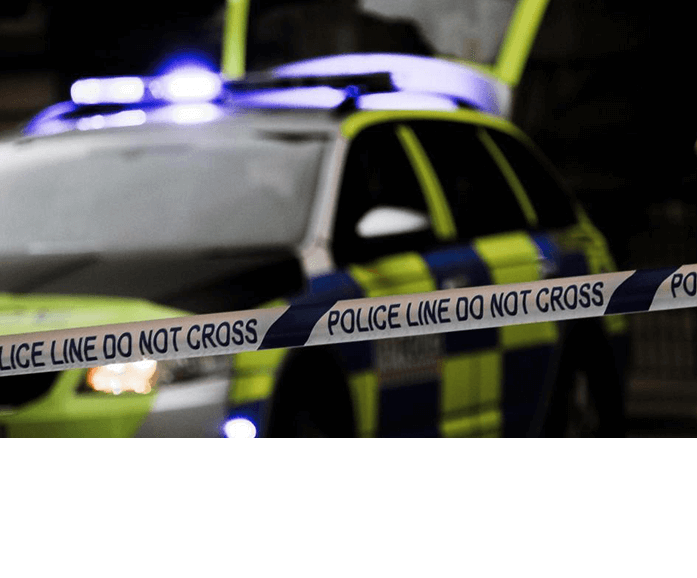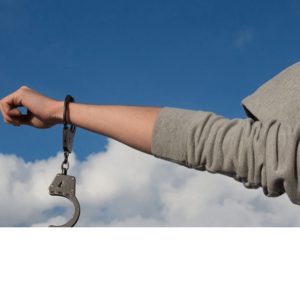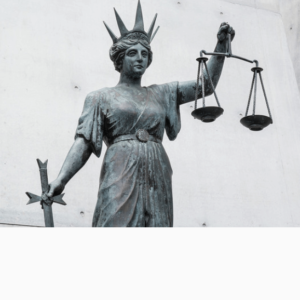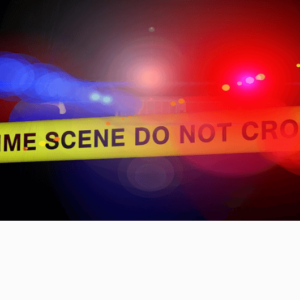- 1.1 Examine how crimes are defined by society.
- 1.2 Explain the role of criminology within the criminal justice system.
Welcome to Criminology
This course explores the theory of criminology in modern society. Students will see how the theoretical paradigms on crime have evolved from early historical ideas of justice and punishment through modern developmental perspectives. Multiple criminology theories will be surveyed, including classical, neoclassical, positivist, biosocial, psychosocial, social control and social reaction, developmental, and gender-based theories. Upon completion of the course, students will understand how criminal behavior is defined and explained by leading theorists such as Marx, Moffitt and Sampson, and Laub.
Learning Objectives/
- 2.1 Recognize the sources of data used by criminologists to develop theories on crime.
- 2.2 Examine how crime trends and statistics are used to understand crime.
- 2.3 Examine the role of victimology in the development of theories on crime.
- 3.1 Describe the early ideas of justice and punishment that developed out of Classical and Neoclassical perspectives on crime.
- 3.2 Explain the concept of punishment from the Classical perspective.
- 3.3 Examine Classical and Neoclassical theoretical perspectives on preventing and deterring crime.
- 4.1 Differentiate between the Positive School’s perspective on the causes of criminal behavior and the Classical School’s perspective.
- 4.2 Explain early biological theories on crime, including Lombroso’s concept of atavism and Sheldon’s Model of Somatotyping.
- 5.1 Examine biosocial perspectives on criminal behavior.
- 5.2 Debate the role of both genetics and the environment in criminal behavior.
- 5.3 Examine how neurological impairments and hormonal imbalances can contribute to deviant or criminal behavior.
- 6.1 Examine the role of personality disturbances and mental disorders in criminal behavior.
- 6.2 Compare cognitive theories of crime, including Piaget and Kohlberg’s theories of moral development.
- 6.3 Distinguish between the concepts of behavioral conditioning and modeling.
- 7.1 Recognize the influence of early social structure concepts and theories, such as Durkheim’s concept of anomie, in understanding crime.
- 7.2 Examine the influence of the Chicago School of Criminology and its theory of social disorganization in helping improve the social conditions that contribute to crime.
- 7.3 Compare different strain theories, including Merton’s strain theory and Agnew’s general strain theory.
- 8.1 Apply various learning theories, such as differential association theory and differential reinforcement theory, to crime.
- 8.2 Analyze modern social control theories of crime, including Hirschi’s social bonding theory and Matza’s drift theory.
- 9.1 Analyze the impact and adverse consequences of applying negative labels on individuals.
- 9.2 Apply conflict theories to criminal behavior.
- 9.3 Examine the role economics play in how industrialized societies administer justice and attempt to control crime.
- 10.1 Examine the differences between male and female offenders regarding the types of crimes committed.
- 10.2 Debate theories regarding the reasons why females commit crime.
- 10.3 Compare the differences in social controls for girls and boys and the impact of those differences on criminal behavior according to Power-Control Theory.
- 11.1 Differentiate between life-course-persistent offenders and adolescence-limited offenders.
- 11.2 Debate the role of proper socialization in reducing an individual’s propensity for engaging in criminal activities, according to low self-control theory.
- 11.3 Describe Sampson and Laub’s developmental model of how major life trajectories can alter a person’s involvement in criminal activities.
- 12.1 Analyze the causes of organized crime, white collar crime, and cybercrime.
- 12.2 Examine the reasons why crimes are committed against people.
- 12.3 Discuss the causes and consequences of crimes against property and public order on society.








There are no reviews yet.